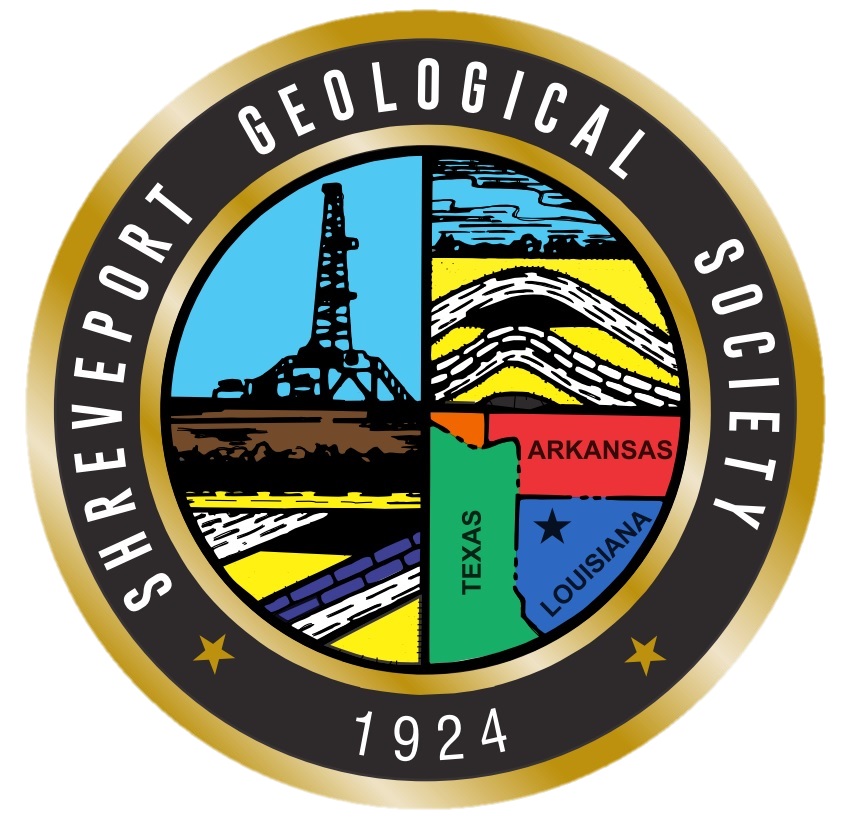The Shreveport Petroleum Club, 15th floor
Cost: $20, Children 10 and under $8
We encourage members to invite guests, spouses, and friends to any of our meetings.
If you’d like a seat, kindly email or call in your reservation by the preceding Friday to John Stroud at jostroud@stroudexploration.com or 318-425-0101.
Biography
Joshua H. Rosenfeld
Josh received his Bachelor’s degree in Geology from the City University of New York in 1960. He taught High School Earth Science for two years before being drafted by the US Army, and was stationed in Guatemala, Central America from 1964 to 1966 as a Terrain Reconnaissance Specialist.
After discharge, he remained in Guatemala for another 10 years as a Mining Geologist, and eventually became Chief Geologist for the Guatemalan Ministry of Economy. During this time, he earned his Master’s degree from the University of Miami with thesis work on the 1976 Guatemala earthquake.
Josh returned to the US in 1977 to resume his geological studies at the State University of N.Y. at Binghamton, and earned his doctorate in 1980 on the “Origen and Emplacement of the Santa Cruz Ophiolite in Eastern Guatemala”. ...
Abstract
Rosenfeld and Pindell (2002, 2003) hypothesized that Late Paleocene-Early Eocene docking of the northward migrating Caribbean Plate blocked the 200 km strait between the Florida/Bahamas Block and Yucatan, thereby isolating the Gulf of Mexico basin from the world ocean. Within several thousand years, net evaporation in the Gulf lowered its level by about 2,000 meters forming a land bridge across the eastern Gulf that encompassed Yucatan, Florida, Cuba, and the Bahamas. The land bridge was enhanced by isostatic uplift of the basin’s margins as sea level dropped. After 1 Ma of isolation, reconnection with the world ocean and energetic refill of the basin cut a deep thalweg between Florida and Cuba. This relatively short duration drawdown explains many phenomena unique to this period of Gulf history, including:
- the excavation of deep canyons across contemporary continental shelves and slopes: (e.g., Yoakum, St. Landry, Chicontepec, Bejuco-La Laja), many canyons of subaerial aspect cutting the lower continental slopes west of Florida and north of Yucatan, and sinkholes in present day water depth exceeding 1,000 m.
- the sudden deposition, and equally sudden cessation of a thick and widespread high net sand blanket in the deep Gulf Basin hundreds of kms beyond the contemporaneous shelf edge;
- salt deposited in the Tertiary Veracruz Basin; and
- a regional unconformity in the carbonate-dominated eastern Gulf Basin.
The drawdown is coeval with, and may have triggered, the worldwide Paleocene-Eocene thermal maximum (PETM) through the release of voluminous methane from destabilized hydrates and breached conventional reservoirs as the water level dropped. ...
Paid members of the Shreveport Geological Society can read the speaker's full abstract and biography in the newsletter by logging into the Members Area.








































